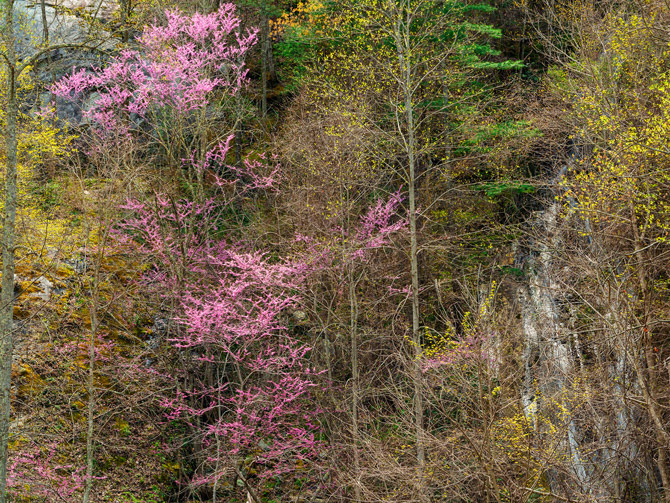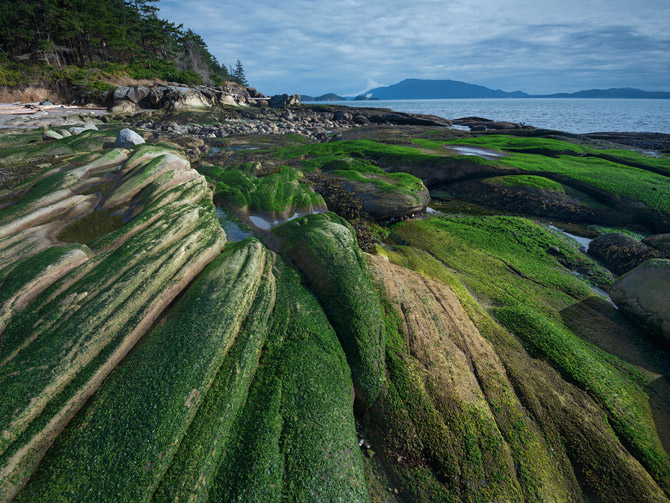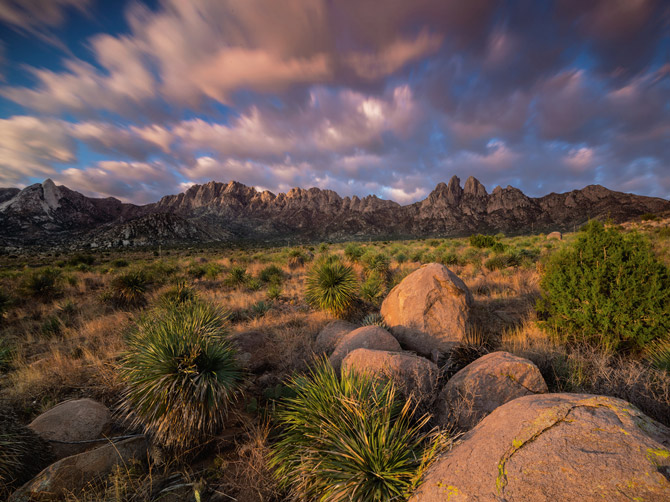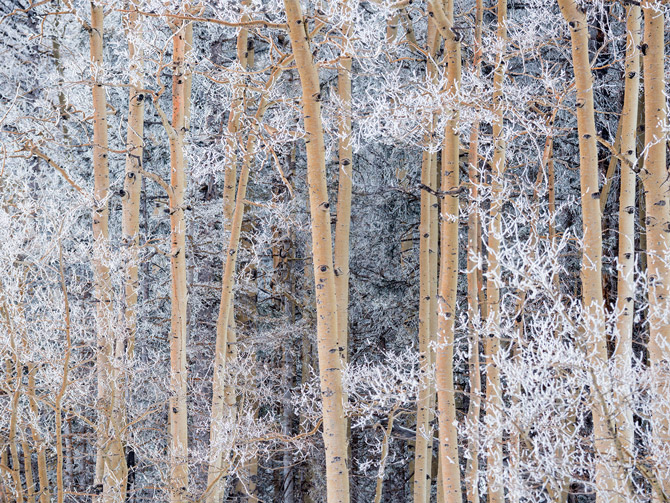50 Years of Wilderness
The Wilderness Act was signed into law by President Lyndon Johnson on September 3, 1964. But to understand the genesis of the act, you have to go back another three decades, to the 1930s. During the Great Depression tens of thousands of Americans were put to work by the federal government in national parks and forests. They cleared trails, erected shelters, and laid down mile after mile of pavement. The Going-to-the-Sun Road in Glacier National Park was opened in 1933, Skyline Drive in Shenandoah National Park in 1939. The new highways opened up the parks to millions more visitors.
But the very success of these efforts troubled many conservationists, who worried that the country’s most majestic landscapes were being turned into so many roadside attractions. A group of them, including Aldo Leopold, got together to defend the national parks and forests against overuse. They called themselves the Wilderness Society, and their first mission statement denounced the roadbuilding “craze.”
“The fashion is to barber and manicure wild America as smartly as the modern girl,” it said. “Our duty is clear.” In 1924, while working with the Forest Service in New Mexico, Leopold had persuaded his superiors to designate 755,000 acres of the Gila National Forest as roadless wilderness. The challenge was to persuade Congress to give that idea national scope.
The Wilderness Act went through more than 60 drafts before it finally passed. It created a new category of federal lands that could be overlaid on the old like a transparency on a map. Congress—and only Congress—could place land in the new category. Once designated as wilderness, a tract would be off-limits to commercial ventures like logging and new mines. It would be available for humans to explore, but not with mechanized vehicles. Horses and canoes are allowed; mountain bikes have been ruled out.
“A wilderness,” the statute observed in surprisingly lyrical terms, is “an area where the earth and its community of life are untrammeled by man, where man himself is a visitor who does not remain.” The 1964 act set aside 54 such areas.
“If future generations are to remember us with gratitude rather than contempt,” President Johnson said after signing the act, then “we must leave them a glimpse of the world as it was in the beginning, not just after we got through with it.”
Since Johnson signed the act, the number of wilderness areas has increased to more than 750. They range from the tiny Pelican Island Wilderness in central Florida, which is just 5.5 acres, to the immense Wrangell–St. Elias Wilderness, which at nearly 9.1 million acres is bigger than Belgium. All told, officially designated wilderness covers 5 percent of the U.S., an area larger than California.
- President Lyndon Johnson signed the Wilderness Act in 1964 to give future generations a “glimpse of the world as it was in the beginning.” Did it work? Read more at NG over here.



